Grow orchids, teach you hand in hand, orchid ramets
Orchids growing in the wild are all divided by their own length, showing that the canopy of orchids is basically the result of growing from one seedling to its own. For orchids cultivated artificially or potted at home, it is impossible to split orchids only by themselves because of the limitations of orchid pots and space, so it is necessary for orchids to split themselves. There are many kinds of situations that need to carry out ramets, such as transplantation, variety exchange, accompany planting, trading, etc., all need to be carried out manually; in order to avoid accidental injury to the orchid plant, serious cases will lead to infection of bacteria and affect the healthy growth of the orchid plant.
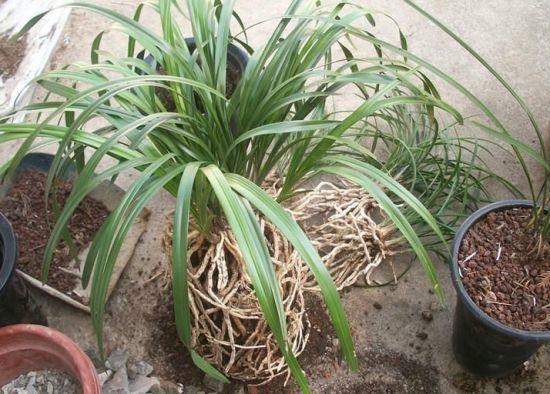
The orchid ramet needs to start with its growth structure: the small seedling of the orchid grows from the false bulb, and the false bulb of the new seedling is close to the pseudo-bulb of the old seedling; the bulb of the new and old seedling grows with time in the second year. Slowly pull some distance; new seedlings grow new seedlings, when the new and old seedlings of the bulb interface becomes smaller, at the same time will move down to form an obvious connection intersection. Generally speaking, after three or four years, the intersection of this connection will grow into a short connection line and become the so-called "tie bar". The bulbs of the new and old seedlings are completely separated, each according to one side; it is also in the position of this connection line. It is obvious that there is a gap. The orchid "horse mouth" usually refers to this seam. If you want to cut the ramet along this seam or cut the "tie bar" along the flap, the artificial ramet will be completed.

When carrying out orchid ramet, we should pay attention to the following points:
The main results are as follows: 1. Orchids should have three generations of seedlings, and generally there are more than five seedlings in a clump of orchids. This situation is not easy to cause seedling damage, and the adaptability of orchids after ramets is also strong. Generally, precious orchids are carried out according to this point.
2. The ramet orchid can not be an one-year orchid seedling, because the "tendon" and "horse mouth" are not obvious, if you have to split, it is easy to cause a wide range of wounds, the possibility of infection is great; the suitable growth environment is also weak, and the survival rate is naturally low.
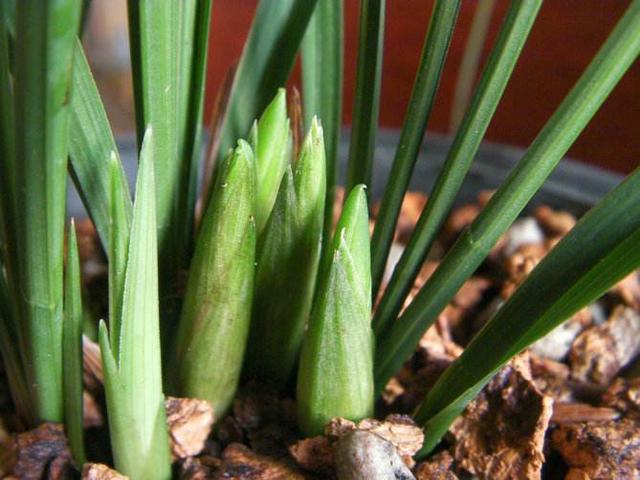
3. If you encounter the emergence of seedling buds and flower buds during ramet, you should carefully observe whether there are flower buds growing on the pseudobulbs and see that the flower buds can still be divided, but it is appropriate not to hurt the seedling buds.
4. When dividing a plant, it depends on the number of roots. If there are more roots, it can be divided. If there are few roots, it is not recommended. All orchid plants must have roots.
5. In order to avoid contamination or disease at the mouth of the ramet, wheat flour pulp can be applied or matchhead can be applied to prevent the wound from being hard sealed as soon as possible.
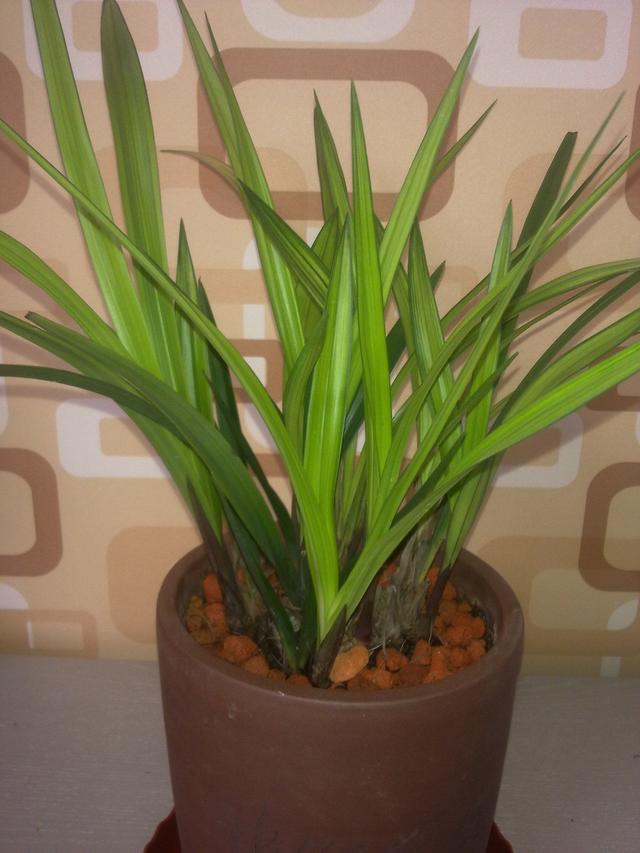
The orchid clump of Xinmiao is not obvious, so you can use your hands to test the position of the horse's mouth. The specific method is to find out the two false bulbs of the seedling distance, hold them with the thumb and index finger of each hand, and gently twist the left and right hands in the opposite direction. Here is the horse mouth, continue to twist, show to distinguish the connection point, and then disconnect it with a knife. If the twisting is not smooth, the position of the horse mouth needs to be identified separately.

7. The ramet of orchid can be carried out directly in the orchid basin. After looking for the wide distance between the seedlings, remove part of the basin soil, see the connecting bar or connection point, then gently cut the connecting bar or connection point with a blade, take out the orchid plant that needs to be separated, and put a handful of dry soil on the wound of the pot orchid plant to restore the peeled soil. The advantage of this method is that the growth of orchid plants retained in the pot will not be greatly affected. Elegant purple sand flowerpot authentic ceramic dwarf orchid bonsai succulent plant special orchid pot special orchid special pot purchase / / spring orchid dragon word collection treasures orchid old eight kinds of orchid seedling indoor potted plant green plant belt flower sale ¥130 Taobao purchase / / lotus orchid seedling construction orchid four seasons orchid winter belt fragrant flower bud good green plant flower pot 29 Taobao purchase / /
- Prev
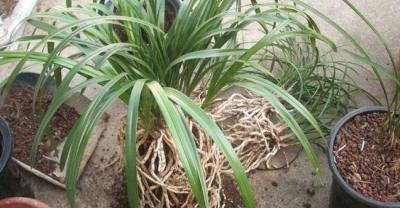
How should orchid raise, orchid breeds technology!
It belongs to semi-negative plants and relies on orchid roots to make orchid bacteria for growth. We only know the growth habits of orchids to be able to raise orchids. Many orchid friends don't know orchids.
- Next
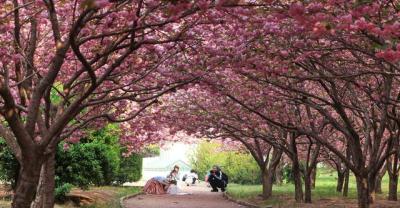
How to distinguish the advantages and disadvantages of orchids and how to manage orchids
Since ancient times, orchids have been regarded as a symbol of nobility, elegance, patriotism and unswerving chastity. Orchids symbolize nobility. The orchid is elegant and elegant, the appearance of the flower is dignified and quiet.
Related
- Is the orchid suitable for indoor use? Is it good for the body?
- How to prevent the empty root of orchids?
- What to do after the crab claw orchid is withered?
- Why are the leaves of orchids always yellow? Fertilizing and watering.
- Can the root of the gentleman orchid be saved if it is rotten?
- Diagnosis and treatment of cotton-blowing beetle insects in Cymbidium
- There is a way for a gentleman's orchid to rot.
- What is the most suitable temperature and humidity for the orchid?
- How to raise a gentleman's orchid? Cultivation techniques of Cymbidium
- How to prepare the nutritive soil for the cultivation of Cymbidium

